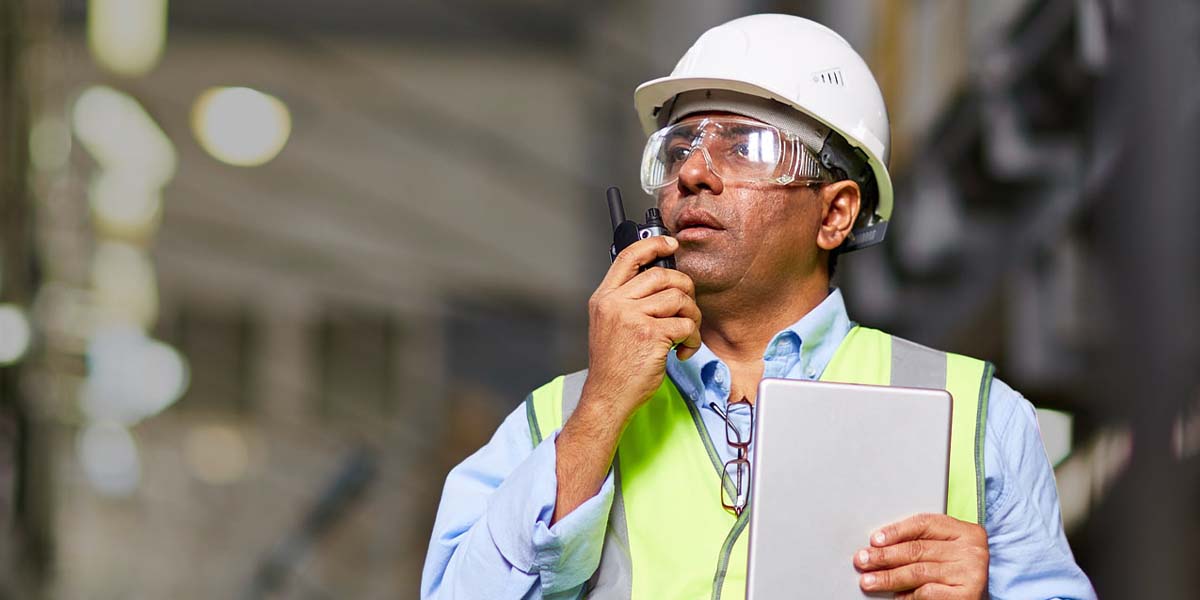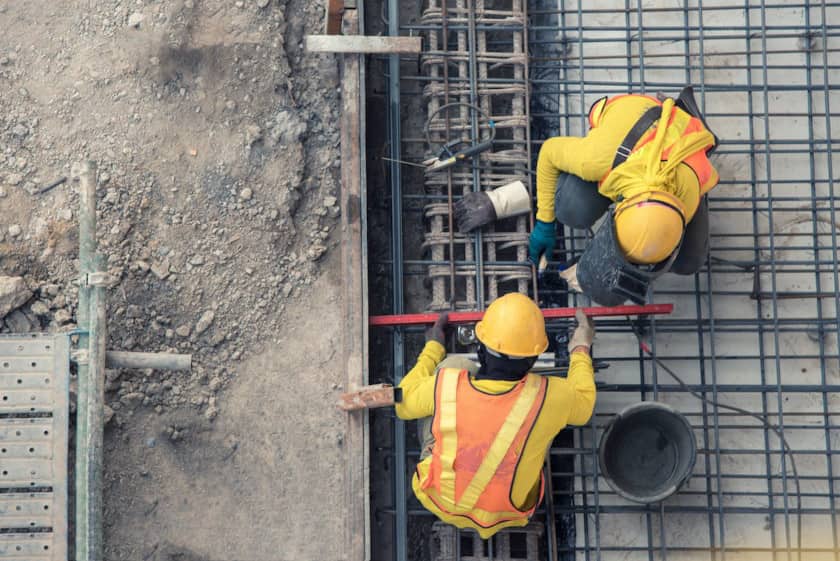The world of commercial construction is rapidly evolving and the latest trends in design and technology are changing the way we build. From advances in 3D printing to new materials, architects, engineers and contractors alike have access to innovative solutions that can help bring projects to life faster than ever before.
As modern technologies continue to shape our buildings, designers and builders alike need to stay up-to-date on the newest trends so they can create structures that are both aesthetically pleasing and safe for occupants. This article will explore some of the most exciting developments in commercial construction design and technology as well as provide insights into how these advancements will revolutionize building processes around the globe.
Advancing Construction Design and Technology
Advances in construction design and technology have made commercial building projects more efficient, cost-effective, and sustainable. Automation has become an essential tool for streamlining the process of designing blueprints and keeping track of materials. This allows architects to make decisions faster while reducing human error.
3D printing is also becoming increasingly popular as it allows builders to quickly create a model based on designs created by engineers. Building information modeling (BIM) is another trend in the industry that offers insight into how different components will interact over time despite being used in different ways.
Along with robotics and virtual reality, BIM helps providee a better understanding of what’s necessary before starting a project or making changes to existing structures. All these technologies are helping contractors reduce costs while increasing the speed with which they build high-quality buildings that meet safety standards without compromising aesthetics or functionality.
Utilizing Innovative Materials in Commercial Construction

The use of innovative materials in commercial construction is becoming increasingly popular, as architects and engineers look to create buildings that are more efficient, sustainable, and cost-effective. New technologies have allowed for the development of stronger and lighter building materials that can help reduce energy costs while also providing increased structural stability. In addition to utilizing updated materials such as steel alloys with greater tensile strength or insulating foam fillings for improved insulation performance, many contractors are now embracing cutting-edge fabrication techniques like 3D printing to quickly produce customized components onsite.
This has enabled them to design complex structures at a fraction of the time it would take using traditional methods. By combining modern material science with advanced manufacturing processes, builders can achieve unprecedented levels of precision when constructing commercial projects – ultimately allowing them to better meet their client’s expectations. If you’re interested in learning more about the latest construction technology and industry terms, check out the BuildOps Commercial Construction Technology Glossary.
This comprehensive guide provides definitions and explanations for key concepts and tools used in modern commercial construction projects. From Building Information Modeling (BIM) software to sustainable building practices, this glossary covers it all. Whether you’re a seasoned construction professional or a newcomer to the industry, the BuildOps Commercial Construction Technology Glossary is a valuable resource for staying up-to-date on the latest trends and best practices.
Streamlining Building Processes through Automation
In the commercial construction industry, automation is playing an increasingly important role in streamlining building processes. From automated design and engineering software to robotic equipment on construction sites, technology is allowing companies to reduce costs while increasing efficiency and accuracy.
Automation also reduces human effort by automating many manual tasks such as material handling, lifting heavy objects, or surveying land. Additionally, robots can work 24/7 with no breaks required and can be programmed for specific tasks that may take humans significantly longer or require more manpower.
Automated systems have become increasingly accurate over time due to advancements in sensors and artificial intelligence which allow them to operate autonomously with minimal risk of errors or accidents. This has ushered in a new era of innovation in the commercial construction sector as businesses strive for faster turnaround times at lower cost points than ever before.
Exploring New Technologies for Enhanced Safety and Efficiency

As the commercial construction industry continues to evolve, companies are finding new technologies that allow them to increase safety and efficiency in their projects. From improved structural designs to more sophisticated building materials, there is a wide range of innovations that can help businesses take their constructions to the next level. For example, 3D printing technology has allowed for complex structures with intricate details that would have been too difficult or expensive to fabricate using traditional methods.
Additionally, prefabricated components such as walls and ceilings can be assembled quickly on-site, reducing the amount of time spent constructing buildings from scratch. Finally, advances in artificial intelligence (AI) have enabled developers to create AI-powered robots meant specifically for construction purposes; these robots are capable of performing tasks faster than humans and with greater precision while still adhering to strict safety regulations.
As businesses continue pushing forward in this field by exploring new technologies for enhanced safety and efficiency, it’s clear that commercial construction design and technology is an areas ripe with potential for growth and innovation.


